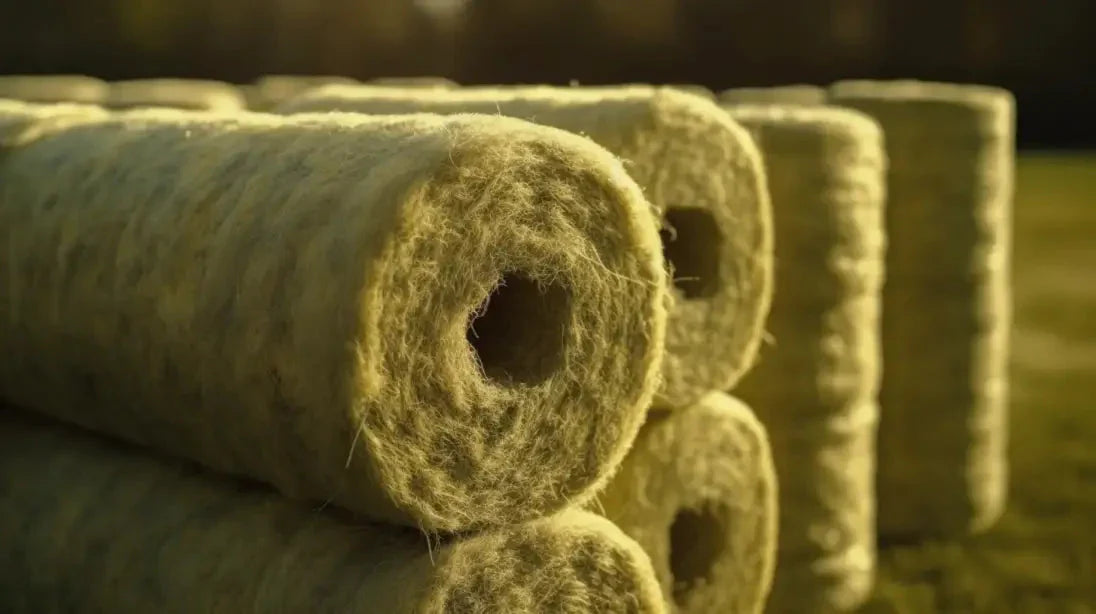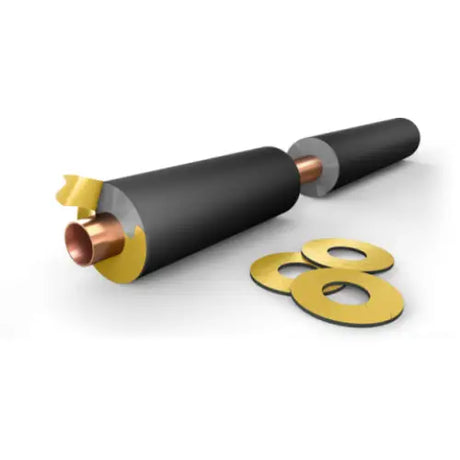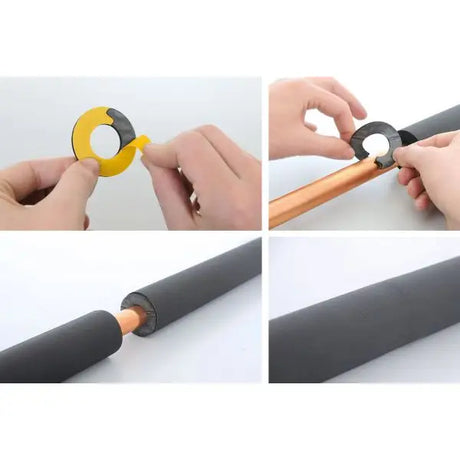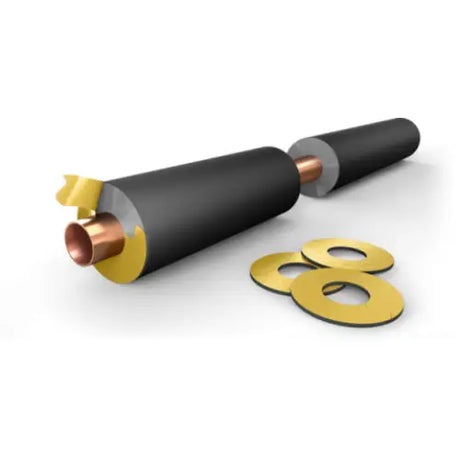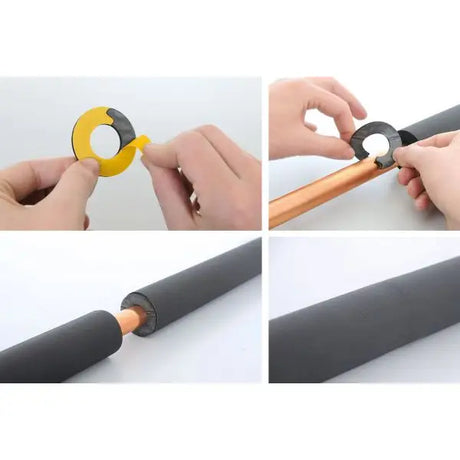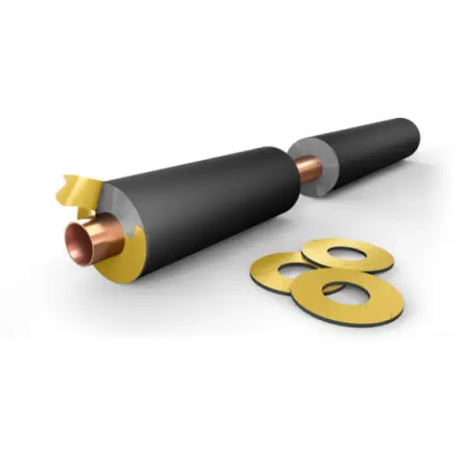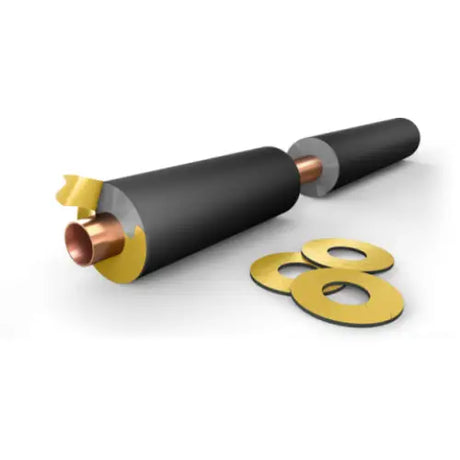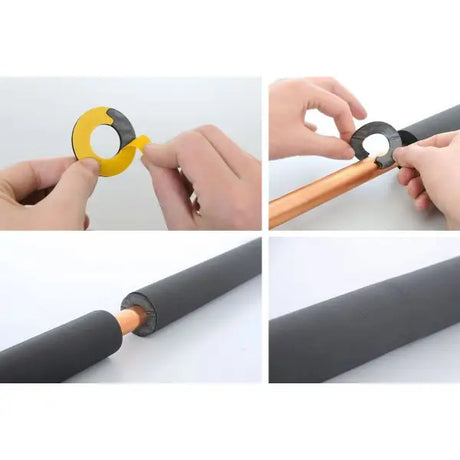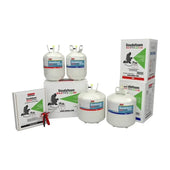Introduction
Insulated pipes are essential components in various industries and residential settings, as they play a crucial role in maintaining the desired temperature of fluids and gases being transported. This article will guide you through the types, benefits, applications, installation, and maintenance of insulated pipes.
Types of Insulated Pipes
Pre-insulated Pipes
Pre-insulated pipes come with insulation already built in, making them an easy and efficient solution for transporting fluids or gases. They are commonly used for district heating and cooling, as well as other industrial applications.
Flexible Insulated Pipes
Flexible insulated pipes are designed to be easily bent and shaped, making them ideal for situations where space is limited or where intricate pipe configurations are needed. These pipes are often used in residential and commercial settings for hot water and heating systems.
Foam Insulation
Foam insulation is a popular method of insulating pipes, as it offers excellent thermal performance and is highly customizable. This type of insulation can be applied to existing pipes or added during the manufacturing process.
Benefits
Energy Efficiency
Insulated pipes help reduce heat loss or gain, ensuring that the transported fluids or gases maintain their desired temperature. This results in lower energy consumption and improved overall system efficiency.
Cost Savings
By reducing the amount of energy needed to maintain fluid or gas temperatures, insulated pipes can lead to significant cost savings for businesses and homeowners alike.
Environmental Impact
By improving energy efficiency and reducing heat loss, insulated pipes contribute to a lower carbon footprint, making them an environmentally friendly choice.
Safety
Insulated pipes can help prevent burns or injuries caused by contact with hot surfaces. Additionally, they can reduce the risk of condensation and corrosion, which can cause leaks and other potential hazards.
Applications
Industrial
In industrial settings, insulated pipes are essential for processes requiring precise temperature control, such as chemical processing, food and beverage manufacturing, and pharmaceutical production.
Commercial
In commercial buildings, insulated pipes are often used for HVAC systems, ensuring that heated or cooled air is distributed efficiently throughout the building.
Residential
In residential settings, insulated pipes are commonly used for hot water and heating systems, providing homeowners with comfortable living conditions and energy savings.
Installation
Precautions
When installing insulated pipes, it's crucial to follow the manufacturer's guidelines and use the correct materials to ensure optimal performance and longevity.
Tips
Proper planning and preparation are key to a successful installation. Consider factors such as pipe diameter, insulation thickness, types of adhesives required and where you would apply them, and the required bend radius. Additionally, take care to protect pipes from mechanical damage during installation.
Maintenance
Inspections
Regular inspections are crucial for ensuring the continued efficiency and safety of insulated pipes. Look for signs of wear, damage, or compromised insulation, and address any issues promptly.
Cleaning
Keeping pipes clean is essential for maintaining optimal performance. Ensure that any dirt, debris, or contaminants are removed from the pipes' exterior, and clean the insulation as needed, following the manufacturer's recommendations.
Conclusion
Insulated pipes play a vital role in various industries and residential settings, offering energy efficiency, cost savings, and enhanced safety. By understanding the different types of insulated pipes, their benefits, and proper installation and maintenance procedures, you can ensure that your insulated piping system operates at peak performance.
FAQs
- What materials are commonly used for pipe insulation?
Common materials used for pipe insulation include polyurethane foam, mineral wool, and cellular glass. The choice of insulation material depends on factors such as temperature range, durability, and cost.
- Can I insulate existing pipes in my home?
Yes, you can insulate existing pipes in your home by adding insulation materials such as foam pipe sleeves or insulating tape. This can help improve energy efficiency and reduce heat loss.
- How often should I inspect my insulated pipes?
The frequency of inspections depends on the specific application and environment. In general, it's a good idea to inspect insulated pipes at least once a year to ensure they're in good condition and performing optimally.
- Do insulated pipes require any special maintenance?
While insulated pipes don't typically require special maintenance, it's important to keep them clean and free of debris, as well as to check for signs of wear, damage, or compromised insulation during regular inspections.
- Are there any regulations or standards for insulated pipes?
Yes, various regulations and standards govern the use of insulated pipes, depending on the specific application and location. Be sure to consult local codes and industry-specific guidelines to ensure compliance with all applicable requirements. In the UK, BS 5422:2022 released by the British Standards Institute is the most pertinent.
- How do I determine the appropriate insulation thickness for my pipes?
The appropriate insulation thickness depends on factors such as the pipe diameter, the temperature of the fluid or gas being transported, and the desired level of energy efficiency. Consulting with an insulation professional or referring to industry guidelines can help you determine the best insulation thickness for your specific needs.
- What is the difference between pre-insulated pipes and adding insulation to existing pipes?
Pre-insulated pipes come with insulation already integrated into the pipe's design, providing an efficient and easy solution for temperature control. Adding insulation to existing pipes involves wrapping or covering the pipes with insulating materials, which can be a more time-consuming and labour-intensive process.
- Can I use insulated pipes for both hot and cold applications?
Yes, insulated pipes can be used for both hot and cold applications. The insulation helps maintain the desired temperature of the fluid or gas being transported, whether that is hot or cold.
- How do I know if my current pipe insulation needs to be replaced?
Signs that your current pipe insulation may need to be replaced include visible wear and tear, water stains, mould or mildew growth, compromised insulation performance, or higher than normal energy bills. If you suspect your insulation needs replacement, consult a professional for an assessment.
- What are the potential consequences of not using insulated pipes?
Failing to use insulated pipes can result in increased energy consumption, higher energy costs, and potential safety hazards due to hot surfaces or condensation. Additionally, a lack of insulation can lead to temperature fluctuations that may affect the performance and lifespan of your piping system and connected equipment.

